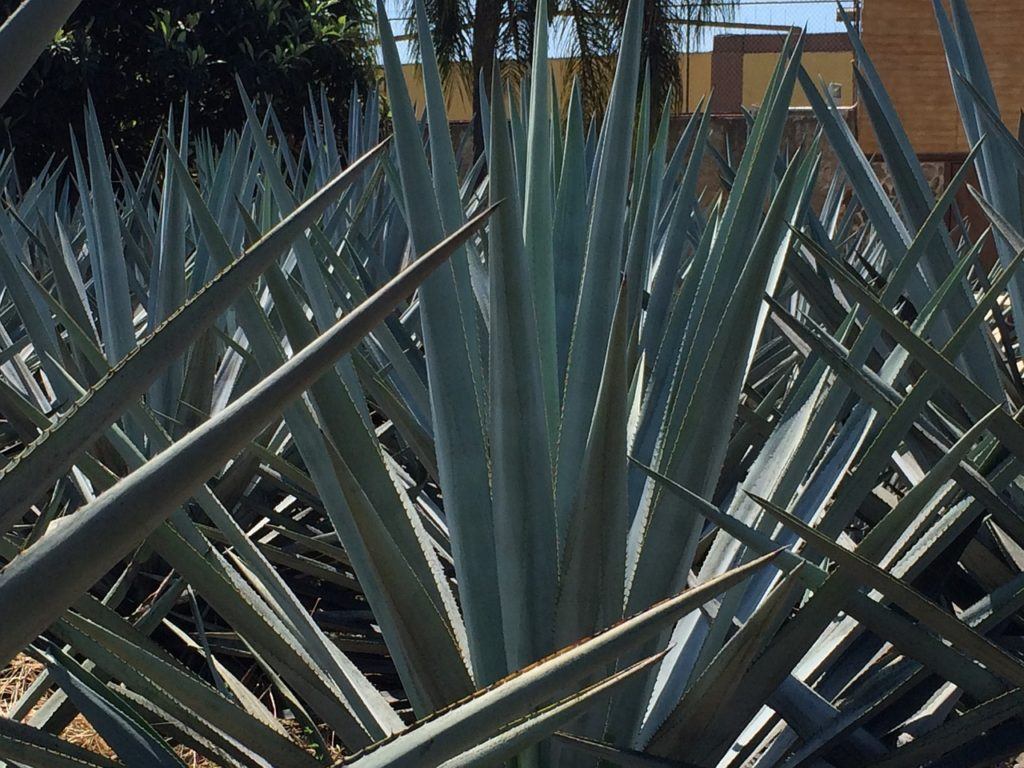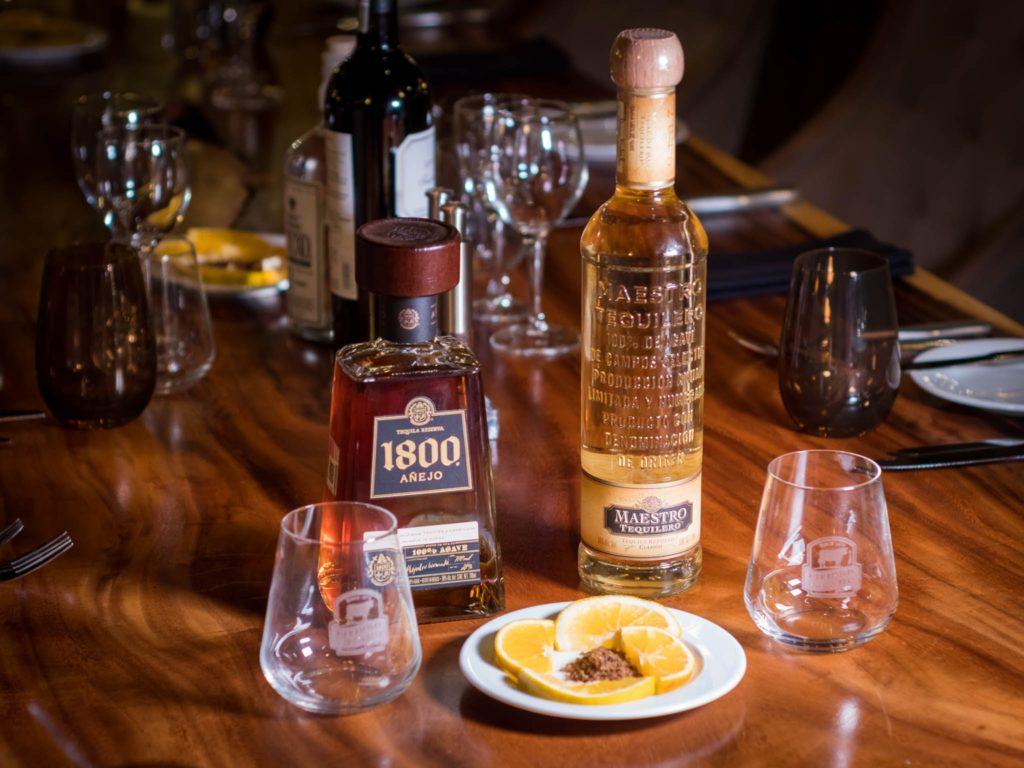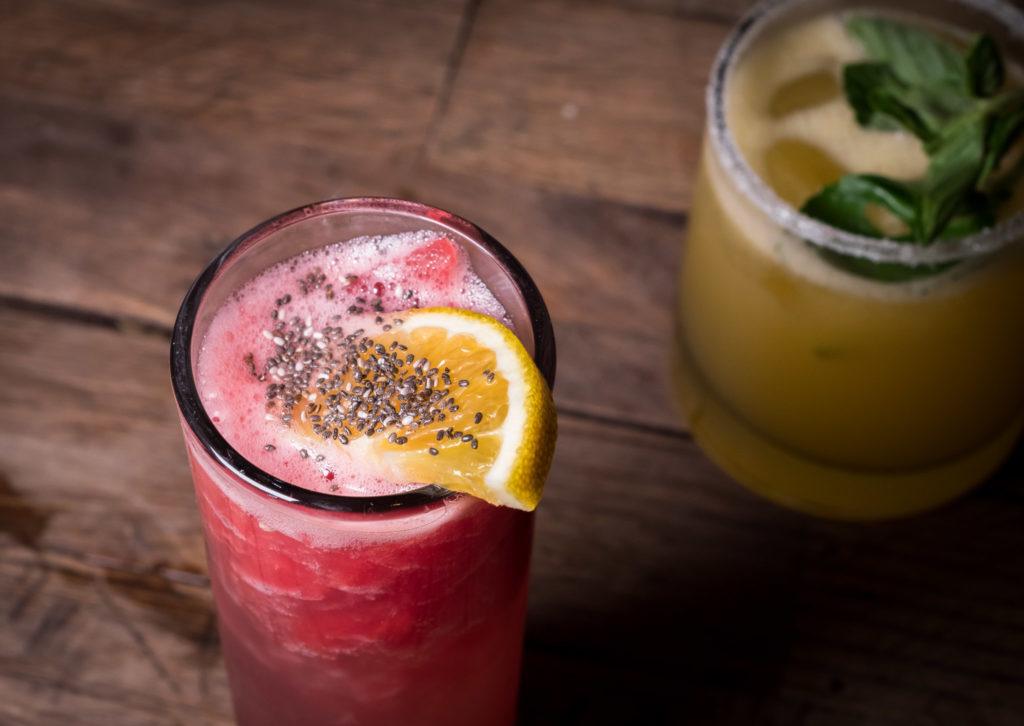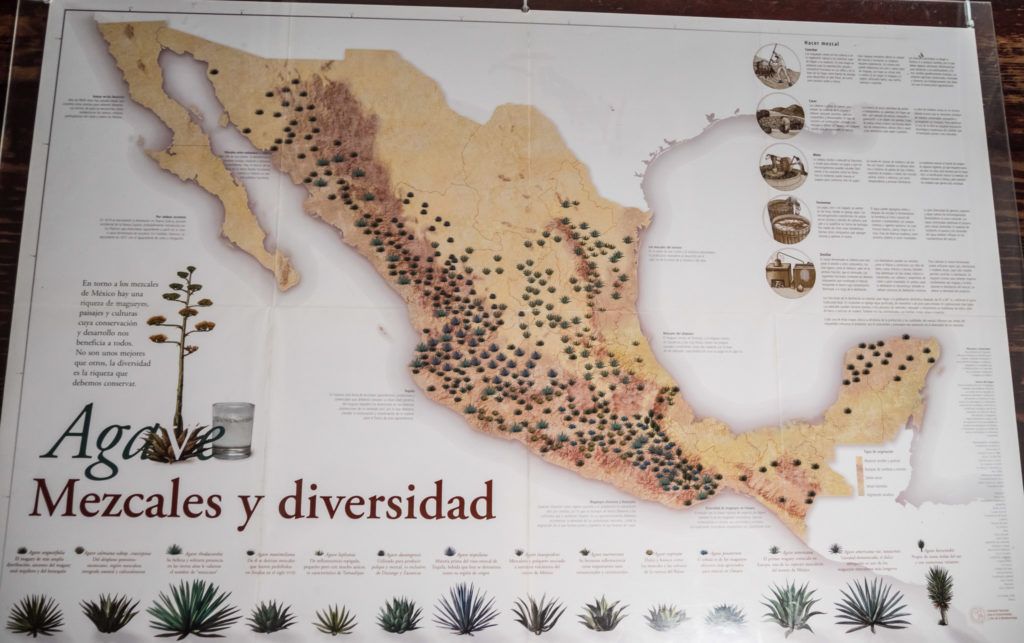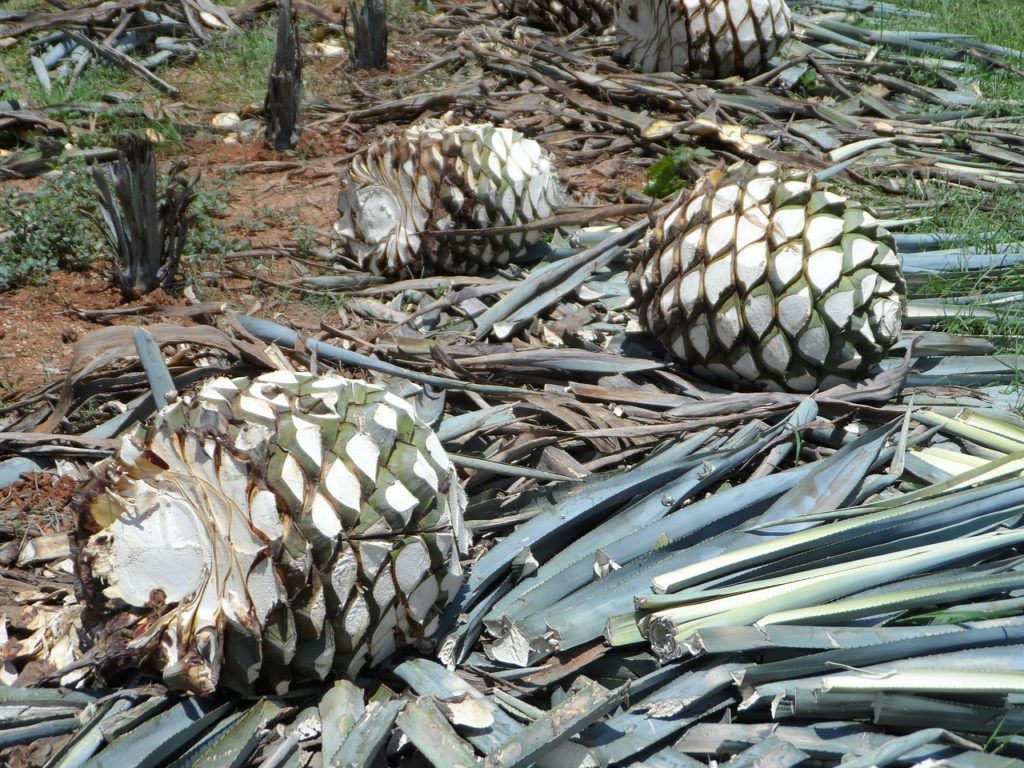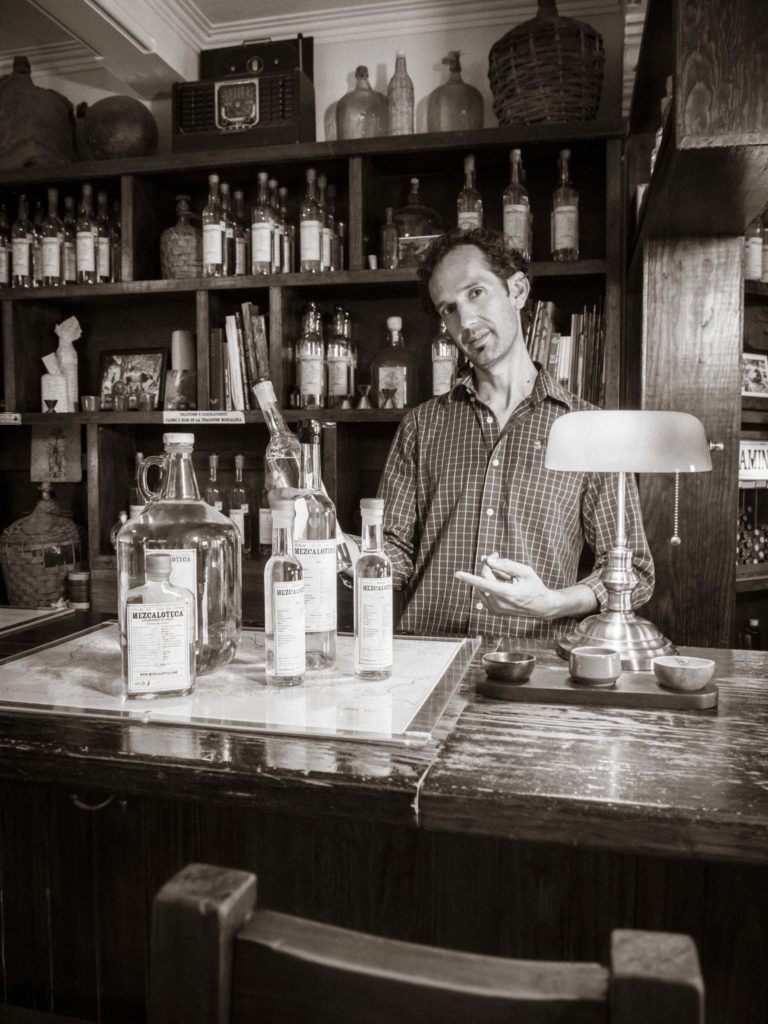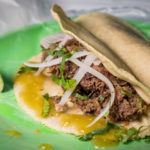Mezcal vs Tequila: Learn the difference between Mezcal and Tequila, the history of Tequila, the history of Mezcal, how to drink Mezcal properly + What’s the deal with the Mezcal worm? Does it really make you hallucinate… We find out.
Listen to the full Mezcal vs Tequila podcast, as well as reading the full article and companion notes below.
In This Mezcal vs Tequila Episode:
- Learn the difference between Mezcal vs Tequila
- Have you been drinking Mezcal and Tequila all wrong?! Learn the way the pros taste these spirits.
- We explore the history of Tequila and the history of Mezcal.
- Some Agaves used to make Mezcal can take over 35 years to mature before they are picked. Learn about the fascinating process behind every bottle of Mezcal.
- PLUS is Mezcal a wonder drink that will not give you a hangover? Our verdict!
Listen & Subscribe: iTunes | Spotify | Podbean | Google Play | Stitcher | RSS: https://thedish.podbean.com/feed.xml
Support: Become a Patron | Tweet: @foodfuntravel | OR Subscribe to our email list
The below content is a summary and companion to the full podcast episode above. Listen to the podcast for our full interview with Mezcal & Tequila expert Rafael from Mezcaloteca tasting room in Oaxaca, Mexico. You can make a reservation through their facebook page.
Mezcal vs Tequila: The difference between Mezcal and Tequila
The number one difference between mezcal and tequila is simple… All Tequilas are a specific sub-variety of Mezcal. Mezcal is the primary name used to describe all types of distilled agave. So rule 1: All Tequila is Mezcal. Only one type of Mezcal is Tequila.
Rule 2. Tequila can only be made from Blue Agave grown in the state of Jalisco, Mexico. So, like Champagne, the real stuff has a designated origin. Mezcal, on the other hand, can be made from any Agave in any state, though some states, like Oaxaca, grow and produce far more than other states.
Rule 3. The production process can differ greatly. This leads to a very different flavor. We’ll get into the production process details more below, and in the full podcast episode above, of course.
For those who never tasted Mezcal, the primary noticeable difference between Mezcal and Tequila is that Mezcal is intensely smokey in flavor. Tequila has no smokiness at all.
Mezcal vs Tequila: The History Of Tequila
The Aztecs have a legend that lightning struck an agave plant. The heat and force opened the agave and begun the natural fermentation process. This led to a sort of agave beer, which the native populations of the region then started to make themselves, without lightning. But tequila and mezcal could not be made until distillation was introduced to the region. More on that below.
As tequila is just a specific form of Mezcal, you could say that the real history of modern tequila has evolved out of the tradition of mezcal to the point where in 1973 the Regional Chamber of the Tequila Industry applied for a declaration of protection for this appellation, which was granted in 1974 by the Mexican government. Following this, in 1976, the legal name of Tequila became protected.
The biggest milestone came in 1996 when the Mexican government approved an internationally recognized Declaration for the Protection of the Appellation of Origin Tequila which protected Tequila internationally and led to its rapid spread around the world.
Mezcal vs Tequila: The History Of Mezcal
There are many different stories surrounding the history of Mezcal.
The official version is, Mezcal was first produced after Spanish colonization. This is believed because it’s thought the indigenous inhabitants of the region did not know how to distil alcohol.
The second story for the history of Mezcal is that archaeological evidence of cooked agave in clay pots dates back 8 to 10 thousand years. But it’s hard to prove with the current evidence that the agave was being turned into booze, rather than being cooked to be eaten.
A third possibility for the history of Mezcal was that Filipino slaves, brought to Mexico by the Spanish, actually taught the locals how to distil alcohol.
Before learning distillation techniques, locals were drinking fermented agave – sort of like agave beer but thick and milky – one popular variety you can find in Mexico still today is “pulque”. It was a simple step to move from drinking pulque to distilling pulque-like beverages.
More Mezcal vs Tequila info below…
Share, Listen & Support The Show
Listen & Subscribe: iTunes | Spotify | Podbean | Google Play | Stitcher

RSS: https://thedish.podbean.com/feed.xml
Support: Become a Patron | Tweet: @foodfuntravel | Email: [email protected]
To stay updated about the upcoming release of the full series of the dish, and other food travel news, join our email newsletter.
Become A Patron
By supporting the show you can get:
* Early Access To New Episodes
* Bonus Mini Episodes
* Increase our budget which = Better equipment, better sound & editing
* More Episode Releases – We can devote more time to making podcasts, rather than our regular blog business activities
* You can feel good that you are supporting the show you love!

CLICK HERE TO BECOME A PATRON TODAY – From $1.50 per month
Thanks for listening & your continued support of the show – Tommo & Megsy
Mezcal vs Tequila: How to drink mezcal correctly
The stereotype of downing a shot of Tequila with salt and a wedge of lime/lemon seems to have arrived from necessity. If you drink super low quality tequila or Mezcal, then anything you can do to mask the flavor is preferable. And getting the drinking done quickly, rather than savoring it, is also a priority.
When drinking lower quality Mezcal, or for beginners, you may get served wedges of sour orange and sal de gusano (worm salt, often mixed with chili). Yes, this salt really is ground up little salty worms. Sounds gross? If I hadn’t told you what it was and you tried it for the first time, I guarantee you’d like it. So man up and give it a go – you may already have had it unknowingly if you have been to Mexico.
But, for a true quality Mezcal or Tequila, you should not adulterate it with condiments. And you should sip it, not shot it. Just like you would a fine whisky. So then you can appreciate all the complexities.
A proper artisanal Mezcal should be at least 45% Alcohol for it to hold all the characters it was born with.
When tasting a mezcal, you should take a drop of mezcal first and rub it on your palm. It should release the scent of smokey agave, any other smells or chemicals could suggest it is not a pure, natural Mezcal. Then proceed to sip and enjoy.
Mezcal vs Tequila: What’s the deal with the Mezcal worm?
There is a commonly held belief that the Mezcal worm can lead you on a crazy hallucinogenic trip. It’s a myth. The word Mezcal has often been confused with the word mescaline. The later is the psychedelic component found in peyote cactus. Unless you have a supplier purposefully adding mescaline to their Mezcal, then the Mezcal worm will not take you on a colorful adventure to unicorn land.
The mezcal worm has one definite purpose, to impart flavor of worm into the Mezcal. It’s no different from leaving real fruit in a bottle of raki. Some aficionados say it’s wrong to tarnish the mezcal with the worm. Really it’s down to your personal preference. Specifically, the mezcal worm lives on and eats the agave which is then used to make the mezcal, so it’s a part of the natural eco-system of mezcal production too.
Especially, when it comes to Tequila, an important purpose of the mezcal worm is purely for marketing reasons. Especially in cheap tequila where no one is trying to enjoy the complexities of the spirit. The Mezcal worm began life as just that, not as a tequila worm. But it certainly helped sell a lot of bottles of tequila!
We even tried a scorpion mezcal – yes, it has a real scorpion in the bottle. The owners of the company that make scorpion mezcal insist it is about flavor and not about marketing. All I can say is, the scorpion left a real sting in the form of a 3 day hangover – one of the worst hangovers of my life. This could also be down to the quantity of Mezcal consumed that night…
Tequila Facts
Some fun facts about the blue agave – the only agave that can be used to produce Tequila.
- The agave is actually a lily and not a cactus like many people think. I guess people think it’s a cactus as it’s Mexico and the plant is kinda spiky – but it’s not, it’s a lily!
- Blue Agave Plants are mature after around 7-10 years… this is why we are seeing the beginnings of shortages in Mexico today – people are drinking tequila faster than it can be grown!
- Generally, an agave plant can grow 5-7 feet but if left untouched the agave can grow a spire called a “quiote” which can grow as high as 15 feet – that’s about the height of 7 baguettes… or 15 pieces of spaghetti.
- Agave plants are pollinated by bats. The plants flower at nighttime, attracting the bats with the smell of rotting, over-ripened fruit. While drinking the nectar, the bats become covered in pollen and spread the grains to other plants.
More Fun Tequila Facts
- Physicists at the National Autonomous University of Mexico figured out a way to make artificial diamonds out of tequila. Sadly, the synthetic diamonds are too small to be turned into jewellery, but they can be used for an array of electronic and industrial purposes.
- There is a car that runs on tequila and Jay Leno owns it. In 1964, Chrysler developed a turbine engine car which could run on anything flammable, and a curious Mexican president suggested tequila. It worked, but the cars were way too expensive (around $400,000 in today’s dollars), and Chrysler wanted to avoid the import tax, so most of the cars were crushed. Leno owns one of the three remaining.
- The most expensive bottle of tequila ever was sold in 20 JULY 2006 and cost around $225,000 USD. It was a six-year-old tequila that came in a platinum and gold bottle – but the tequila inside was only worth $2,500.
- Unlike tequila, the most expensive bottle of mezcal cost $74,000 USD sold in 2014
- At one point during the 1930s, tequila was prescribed by some doctors in Mexico to help fight off colds. They prescribed:
.5 ounce of tequila blanco
.5 ounce of agave nectar (to eliminate bacteria and soothe sore throats)
.5 ounce of fresh lime juice (for Vitamin C)
Mezcal Cocktails
Mezcal has quickly become one of our favourite spirits for mixing in cocktails. It’s unique in the spirit world for its powerful smoky tones. When combined with other spirits (such as a floral Licor 43) and with sweet and sour elements – such as lime and pineapple – you are looking at a multidimensional drink. A unique flavor combination you just can’t find without Mezcal.
In the battle of Mezcal vs Tequila, Mezcal is definitely winning the cocktail war.
We wrote more about the amazing Mezcal cocktails we had in Oaxaca here.

 Mezcal: The History, Craft & Cocktails of the World’s Ultimate Artisanal Spirit
Mezcal: The History, Craft & Cocktails of the World’s Ultimate Artisanal Spirit
Get even more detailed info on the history of Mezcal, plus make some of those amazing Mezcal cocktails for yourself in this critically acclaimed book. NOMINATED FOR THE 2018 JAMES BEARD FOUNDATION AWARD IN BEVERAGES!
Get the hard cover edition for your coffee table, or grab the ebook edition.
Mezcal vs Tequila: The difference between aged & young mezcals
As you already learned above, all tequilas are mezcals. Most purists prefer mezcals not to be aged, though you can certainly find aged ones. For tequila, especially the cheaper brands, the ageing process can take the edge off.
Purists would argue that young mezcal, that has not been aged in wood, will represent the true flavor of Mezcal better. Wood imparts it’s own flavor to the Mezcal and can dominate the natural flavors. The 4 main types you can find are:
- Joven (Young) – Fully transparent. A young mezcal lets you taste the natural flavors.
- Reposado (Rested) – Normally 3 to 6 months in wood. Gives a light golden color to the Mezcal and softens the flavor as well as blending the natural flavor with the woody tones. Or, sometimes mezcal is aged in clay or steel containers instead of wood, giving a different end flavor result.
- Añejo (Aged) – Normally 6 to 24 months. Gives a full woody profile to any Mezcal or Tequila. Normally makes the flavor very smooth and closer to a whisky taste.
- Maduro (Mature) – Mezcal aged in glass. Natural flavors can develop over time, without the addition of outside flavor you would get from ageing in wood.
Tequila vs Mezcal: The Production Process
The biggest difference between Mezcal & Tequila is actually the production process. Most Mezcals are made through a natural, artisanal process. Tequila and some low quality mezcals are made through an industrial process.
Different varieties of agave grow all over Mexico, and the different varieties greatly affect the type of flavors you’ll find in the mezcal.
But the production process is relatively similar for all artisanal mezcals, though each producer may make variations. The industrial tequila process is very different though…
Mezcal Production & Elements That Effect The Taste Of Mezcal
Oaxaca Produces 80% of the Mezcal that is made in Mexico, and about 90% of the mezcal.
Here is an outline of the typical artisanal production process:
Growth, Harvest, Cooking and Fermenting + Elements that affect the flavor
- The type of agave & the time it takes to mature has a massive effect. An Espadin agave may only take 3 to 5 years to mature. Tepeztate agave can take 35 years to mature. Longer maturation process normally means a more complex flavor.
- The terroir of the area – climate, soil type, seasonal weather.
- The leaves of the agave are removed and the “piña” in the center of the agave is taken to be smoked.
- Traditional Mezcal should be cooked in a pit oven. The type of wood that is used to smoke the agave effects the flavor.
- As does the length of time it is cooked for.
- After cooking the agave is ground. The way you grind the cooked agave effect the end result. You may use an industrial blender, a stone mill or by hand with mallets in a wooden container (the traditional method). The finer the grinding, the more accessible the sugars for the fermentation process.
- Then the ground agave is left to ferment.
- Weather during fermentation affects the flavor. Warmer weather = shorter fermentation. Longer fermentation (over 24 days) will mean more acid build up and flavors like pickles and cheese/dairy appear.
- The type of fermentation vessel is important. Could be in wooden vats, could be in Cow hide (gives leather notes to the taste). Or clay containers, or stone.
- The types of natural yeast in the air have an impact. Artisanal Mezcal gets yeast from the air only, not added, so flowers and plants near to the fermentation area will infuse their flavors in each mezcal as their natural yeasts and elements access the ferment.
FUN FACT: The “piña”, which is the heart of each agave plant, used for the mezcal production process, can weigh over 300KG.
Distillation Process
- After fermentation, the mix is boiled in order to distil.
- The pot used to boil the ferment will effect the flavor. Clay pots can provide a more subtle, muted flavor. Distillation in a copper pot produces a brighter flavor.
- Mezcal is distilled either once, or twice. Each distillation will increase the alcohol content, but you lose some of the original flavors. Double distillation is normal, but some producers are trying to make more single distils to preserve flavor.
- The mezcal is then either bottled or transferred to a container to mature. More notes on that were in the previous section above.
Tequila Production – The difference between Mezcal and Tequila
Most big commercial Tequilas are made industrially – not following the traditional process.
If you go to Mexico and visit a Tequila farm you may find some of the few places where tequila is being made a little closer to traditional practices.
Tequila is never smoked like Mezcal is. So instead of open cooking in a pit oven, even artisanal tequilas are typically baked in a giant metal oven. This is why they lack the smokey flavor.
However, outside of the tequila farms that tourists visit, when you head to a mass-scale tequila production site, you’ll find that the large agave piñas are cold pressed and then steamed. By using powerful machinery to break up the solid piña, this greatly reduces the cooking time needed to break the agave down into sugars ready for fermenting.
Once cooked, rather than natural yeasts slowly fermenting the musto, artificial yeast is added to speed up the process. A controlled environment and yeast insures a consistent product for every batch. And the industrial process reduces time and costs for the mass market.
The Best Mezcal – What To Drink – Where To Taste Mezcal
We went right to the source – Oaxaca itself. To taste the most interesting and surprising Mezcals. From one with hints of beetroot to classic smokey Mezcals with 50%+ alcohol content.
Our host Rafael, the owner, is a Mezcal expert and tasting aficionado. We interviewed him in the podcast episode at the top of this article.
He gave us a short list of his favourite mezcals types that you should try:
Tobala – Tobala mainly grows in high altitude canyons in the shade of oak trees. The Tobala agave takes 12 to 18 years to reach maturity. Expect cinnamon and mango notes with a smooth finish.
Agave Tepeztate (Tepextate) – This agave produces very complex mezcals, partly due to its very long maturation period (25 to 35 years). It grows best on steep rocky mountainsides.
Tastings at Mezcaloteca are better by reservation, to ensure a member of staff is available to give you a one on one tasting experience. You can make a reservation through the Mezcaloteca facebook page.
Why does Mezcal give you less of a hangover?
- With Artisinal Mezcal at least, it’s a 100% natural process with no chemicals added
- The natural sugars that create the alcohol are simpler than those in an industrial process, making them easier for the liver to break down.
That said, we’ve had terrible Mezcal hangovers a couple of times! I think it’s all a myth that it won’t give you a hangover. You drink enough of anything and ouchie brain is sure to follow!
—
Love it? Why Not Pin It?
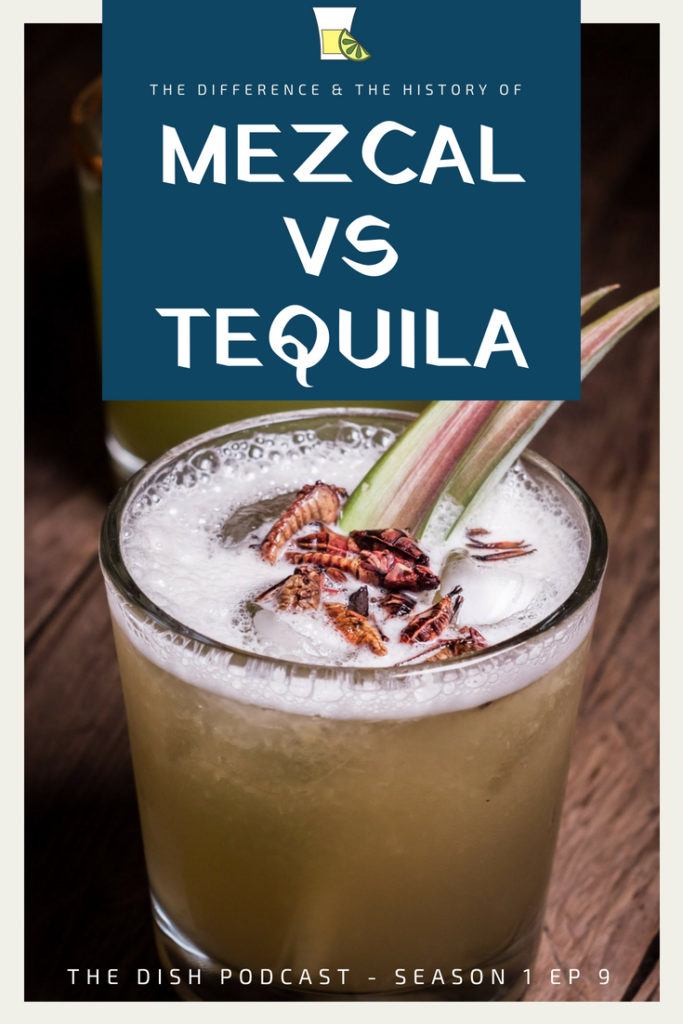 |
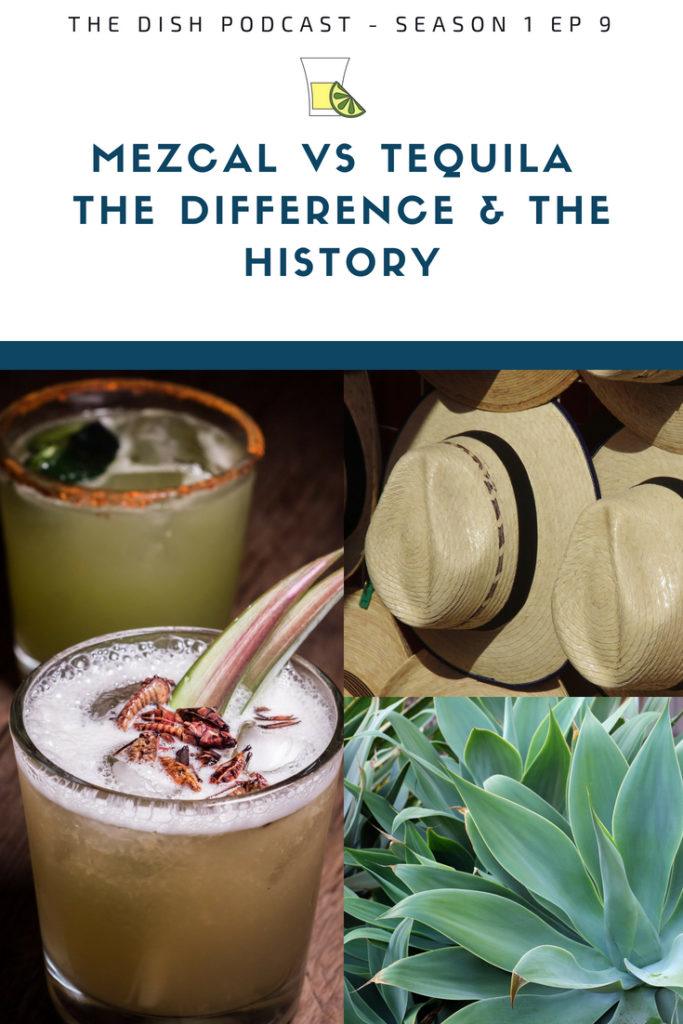 |
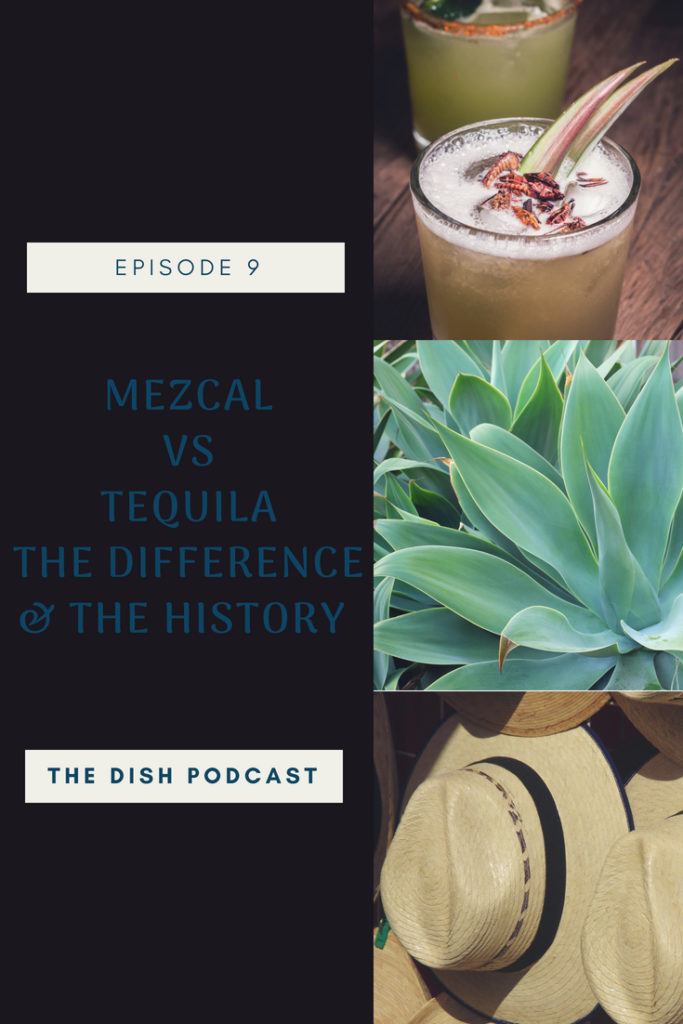 |

